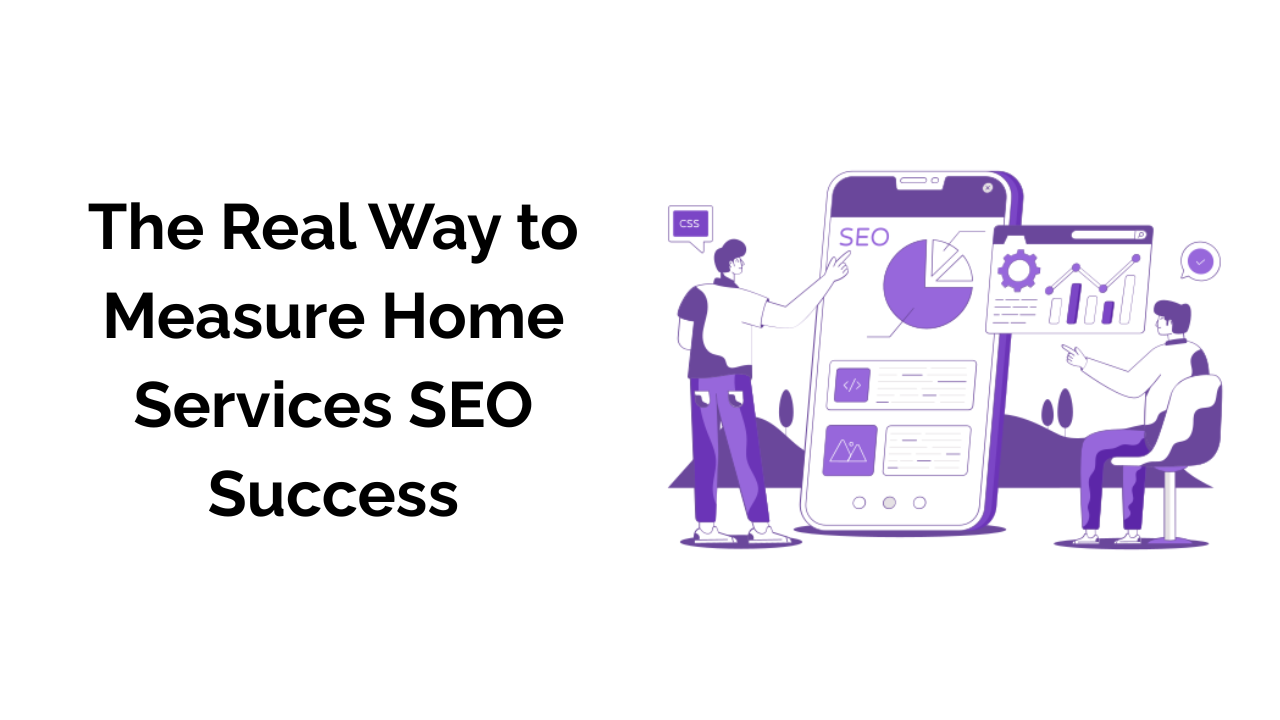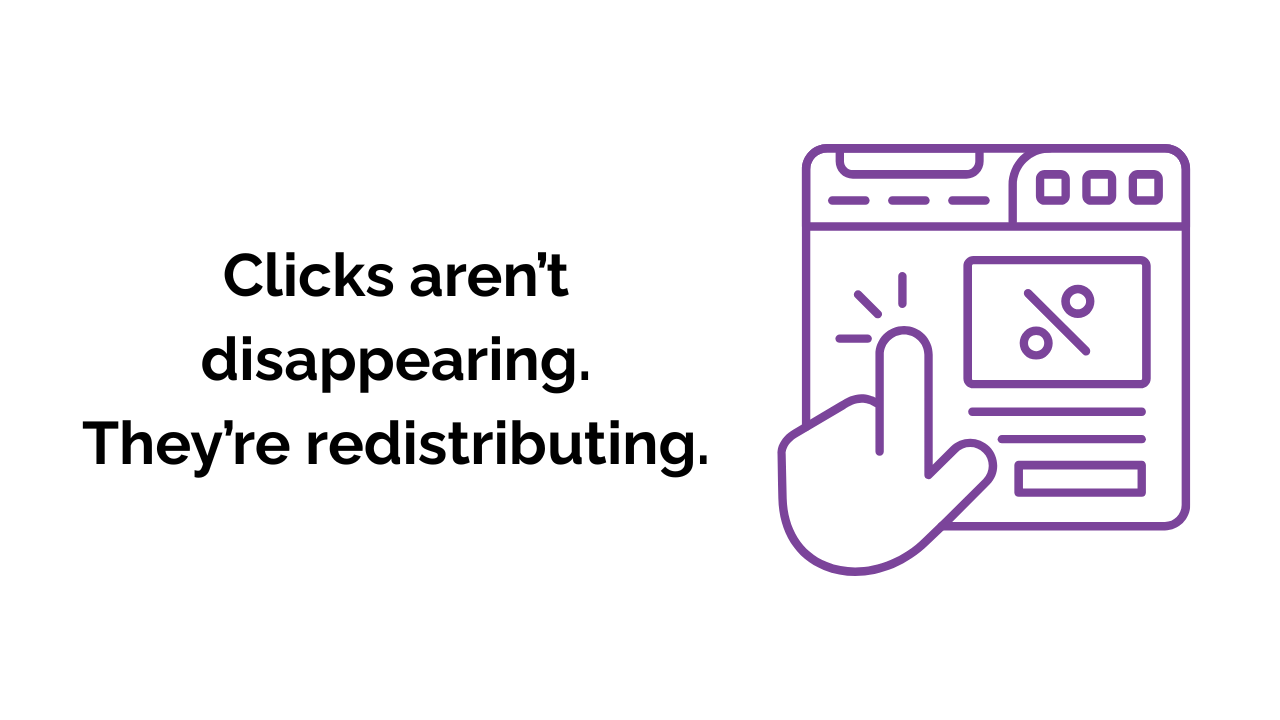800-454-9103

How to Set SMART Marketing Goals for Your Home Services Business
The home service industry is growing, and it’s only set to grow more and more in the coming years. And with more people getting into the industry each day, anyone running a home service business will have to anticipate a rising number of competitors.
To combat this, you’ll need to develop a great marketing strategy: We recommend setting SMART marketing goals. This article will walk you through everything you need to know about setting home service SMART goals for your business.
What Does SMART Stand For?
The SMART system serves as a step-by-step process for creating marketing goals that work for you. It seeks to help you create strategies and content that are both dynamic and capable of working over time.
Without further ado, let’s get into what the acronym “SMART” stands for.
Specific
Fact: The best goals are always specific (e.g., the 21st century is a specific age). Keeping this in mind, all of the big general ideas are already taken and owned by large companies — so, if you want to have a chance at growing, you’re going to need to set specific goals.
Rather than trying to “increase your customer base” or “provide better service to customers,” seek to “expand into higher-income homes” or “increase our online reviews.” The problem with general goals is that they allow you to be lazy; practically anything you do can be said to be your attempt at “increasing your customer base.” This idea is so general that you don’t actually ever need to obtain it.
However, there are actionable steps you can take to expand into higher-income homes that are markedly different from the way you’re currently operating.
Measurable
Let’s face it: It’s not enough to just say you should “expand into higher-income homes.” You should instead say “expand into x-number of higher-income homes.”
Not making your goals measurable allows you to slack off on them. Sure, you might expand into higher-income homes — but only a small number. When you set yourself a number, you know you’re making progress towards that end.
Attainable
There’s no point in expanding into “x-number of higher-income homes” if there aren’t a lot of higher-income homes near you. You should always be ambitious when setting your goals, but that doesn’t mean you should become unrealistic. Make sure that you’re capable of hitting all of your goals when you set them.
Setting yourself small attainable goals over a long period (and hitting them) sets you up to eventually hit goals that seemed impossible in the beginning. In short: Scale your goals back so you’ll eventually be able to climb up to massive success.
Relevant
Relevancy and attainability can be thought of as “heads” and “tails” on a coin; they’re about the types of goals you’re setting yourself, rather than the specifics of the goal itself.
You don’t want to set your sights on expanding into higher-income homes if your services are premium luxury services that most higher-income homes won’t be interested in or won’t be able to afford. Even if you do find one fluke household that wants your business, you won’t be able to turn it into long-term progress.
For a great way to judge which goals of yours are relevant and which aren’t, we recommend heading over to social media. A great social media page and marketing campaign are one of the best ways a contemporary business can learn about the demographics that enjoy their business.
Click here for more information on social media marketing.
Time-Bound
When you set your goals, give yourself an end date. Modify that goal to “expand into x-number of higher-income homes by the end of the year;” the time limit acts as a motivator. By setting yourself a goal, you’re letting yourself know that if you don’t achieve this goal soon, you will fail.
Without a time limit, you can slowly work at your goal over the course of a few years without ever truly achieving progress. And, as the end date approaches, you’ll feel an increased sense of pressure to achieve success.
How to Implement SMART Marketing Goals
Gather a team of people together and let them know that you’re going to set new goals. Prepare to lead this team by writing down some notes and acquiring some examples of marketing goals before your meeting takes place.
Once the meeting is in order, teach your team about the SMART system. Spend a considerable amount of time on this subject, and answer any questions people have about the system. Before the meeting, you’re also going to want to make sure you know everything you can about this marketing system. Have people brainstorm ideas that fit into the SMART system. Encourage a “no bad ideas” policy so people can feel free to be as creative as possible — however, let them know when their ideas are falling outside of the SMART system.
You’ll know that you’ve truly reached your employees with the rules of the SMART system if they can correct each other and help develop ideas that are missing things into SMART ideas. Also, rather than flat-out rejecting any ideas, try to modify someone’s suggestion to fit the SMART system. An idea that didn’t seem fantastic at first might very well turn out great once it’s updated through the SMART system.
Redefine Your Marketing Strategy
As you can see, many marketing goals can be updated if they’re filtered through the SMART system and become SMART marketing goals. Make your goals more specific, measurable, attainable, relevant, and time-bound, and you’re far more likely to succeed. For more information about marketing, contact us today.
Recent News

Does Blogging Still Matter for SEO in the Age of AI?

GBP Radius Tightening: Why “Near Me” is Volatile Going Into 2026

The Real Way to Measure Home Services SEO Success (Beyond Rankings)

Seasonal Strategy: Winter HVAC + Holiday Slowdowns

How AI-Driven Automation Is Redefining PPC in 2026

Reclaiming Clicks in a No-Click World: The 2025 SEO Shift for Service Brands

The Benefits of Hiring an All-in-One Digital Marketing Agency
Ready for success?
Take the first step toward accelerating your business growth today!



